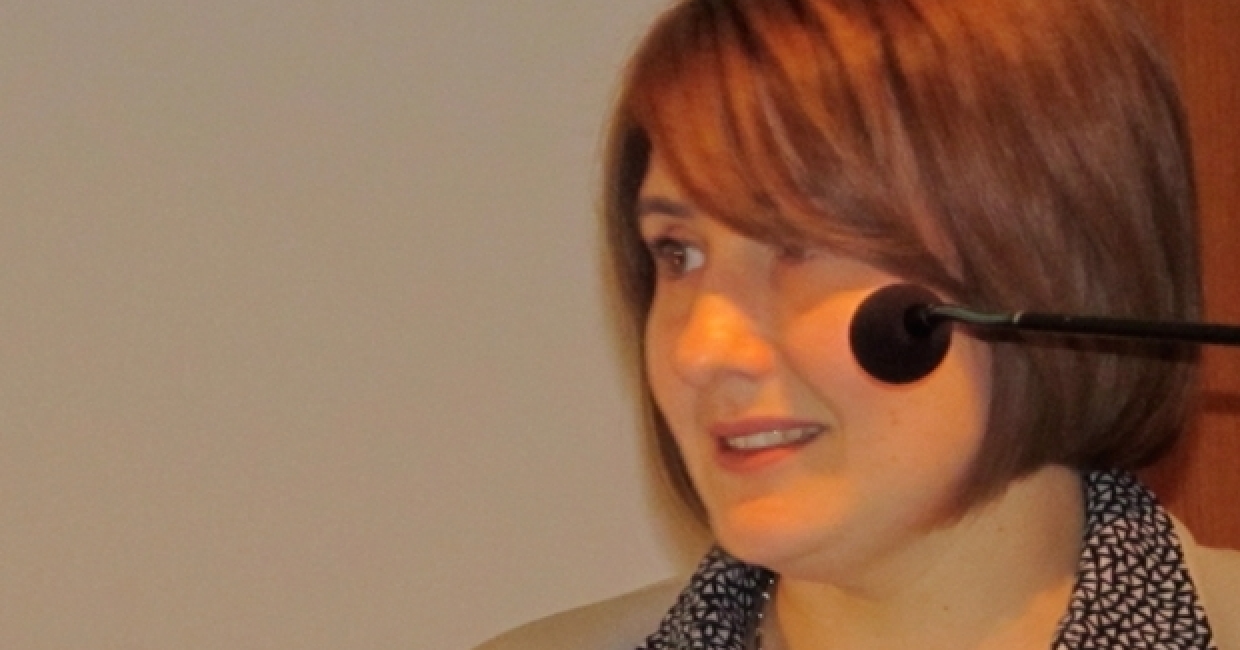Sara Colautti of CSIL Industry Studies delivers the research association's latest findings on upholstered furniture in the European market …
After years of decline, upholstery production increased by 3% in nominal terms, reaching a value of €11,245m. The increase in volume was greater, at over 4%.
Poland is Europe's leading manufacturer of upholstered furniture – while Germany and Italy continue to weather the repercussions of financial crisis with positive but low increases, Poland recorded further growth of 9%, the fifth consecutive increase in upholstery production since 2010.
Many major companies took measures, in terms of both production and marketing, to increase revenues and avoid further declines in profitability, due to the increase in the cost of raw materials and a decline in the price of upholstered furniture thanks to strong competition amongst large specialist distributors.
New products are constantly being developed which aim to offer a combination of comfort and functionality, quality and design, and many efforts have been made by manufacturers to differentiate themselves not only from other European manufacturers, but also from Eastern European and Asian competitors.
The best-performing companies made sizeable investments in communications and marketing to ensure their brands held a strong position among distributors and consumers.
Considering the type of coverings, fabric still took the lion’s share, accounting for 55.2% of total production. Many upholstered manufacturers, who historically focused only on leather, started to introduce fabric collections to satisfy the increasing demand for fabric upholstered furniture, mainly due to the countless colour and pattern options available and the possibility of easy cleaning. Several companies have introduced innovative textiles for upholstered furniture, such as water resistant and self-cleaning textile materials blocking out UV rays, wear-and-tear-resistant fabrics and those with antibacterial treatments.
Consumption trends
In 2014 European consumption of upholstered furniture (valued at production prices, excluding markup) was worth €12b (+4% in nominal terms over the previous year). More than one half of European consumption is still satisfied by imports, whose share continuously increased in recent years, passing from 45% in 2007 to 55% in 2014.
Germany remained the biggest market in terms of upholstered furniture consumption. The UK confirmed its position as the second largest upholstery consumer, followed by France. In 2014 European imports of upholstered furniture increased by 7% in comparison to the previous year to reach €6,667m.
France, Denmark, Germany and Belgium performed well, with import consumption ratios exceeding the European average. An analysis of import flows shows increasing integration with new European countries, as their share passed from 27% in 2007 to 36% in the last year, bucking the trend of the other European countries. Relevant growth was also recorded by furniture imports from the Asia-Pacific countries, which increased on average by 6% annually over the last six years.
Growing exports
In 2014 European exports of upholstered furniture increased by 7.2% compared to the previous year. Exports amounted to €5,854m. Poland remained by far the leading upholstery exporter, followed by Italy. Italian exports have been constantly increasing since 2012. Exports from Germany, the third exporter in Europe, increased in 2014.
Generally speaking, European upholstered furniture manufacturers are quite oriented towards exports – the export/production ratio among the 18 measured European countries was 52% in 2014. In addition to their neighbouring countries, European upholstery manufacturers increased their efforts to reach foreign markets, mainly Asia-Pacific, South America and the Middle East.
For more information about this and other CSIL reports contact [email protected].










